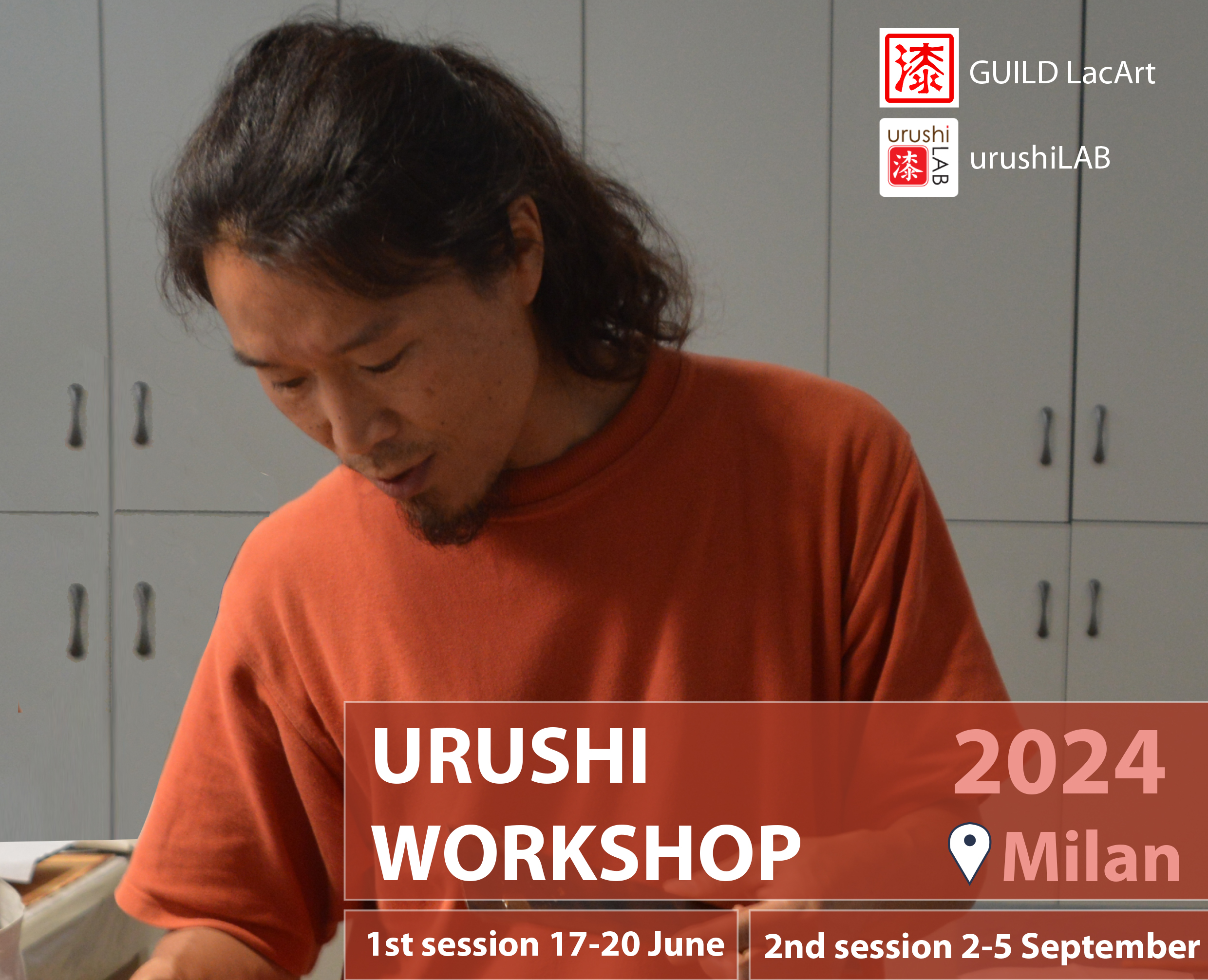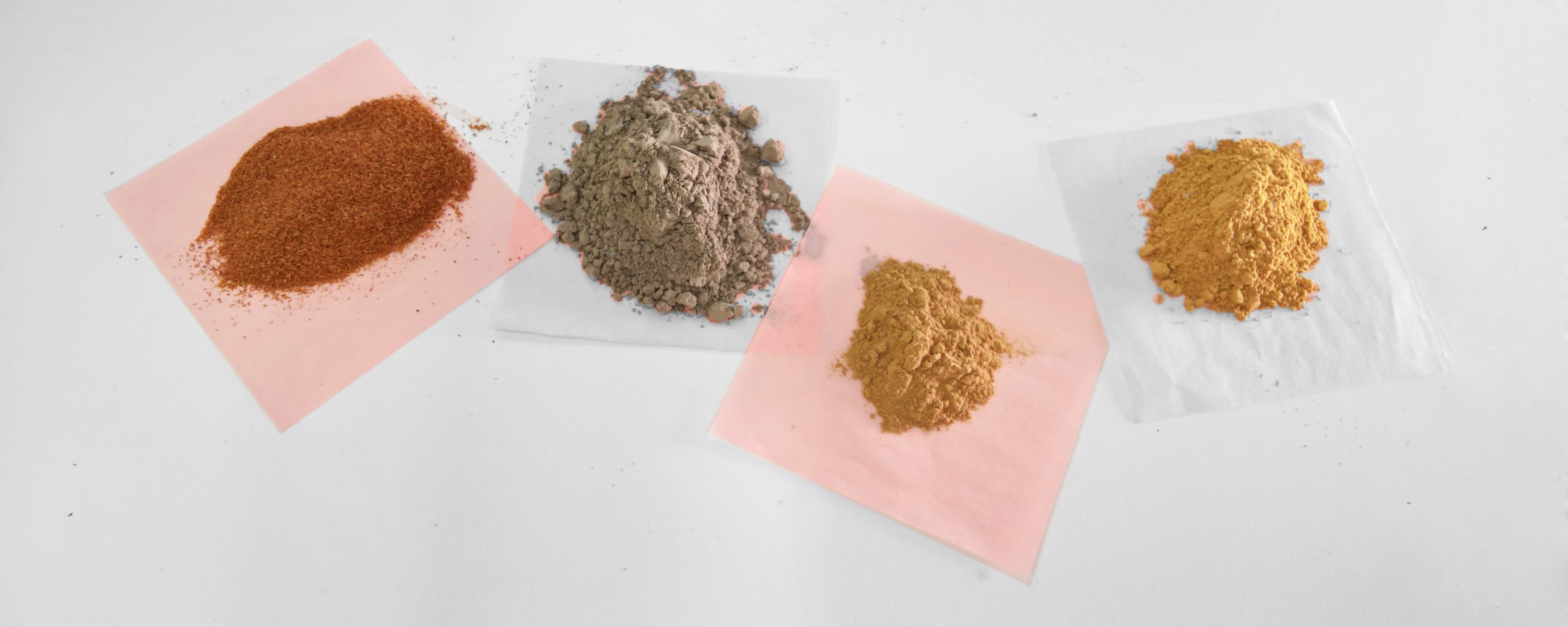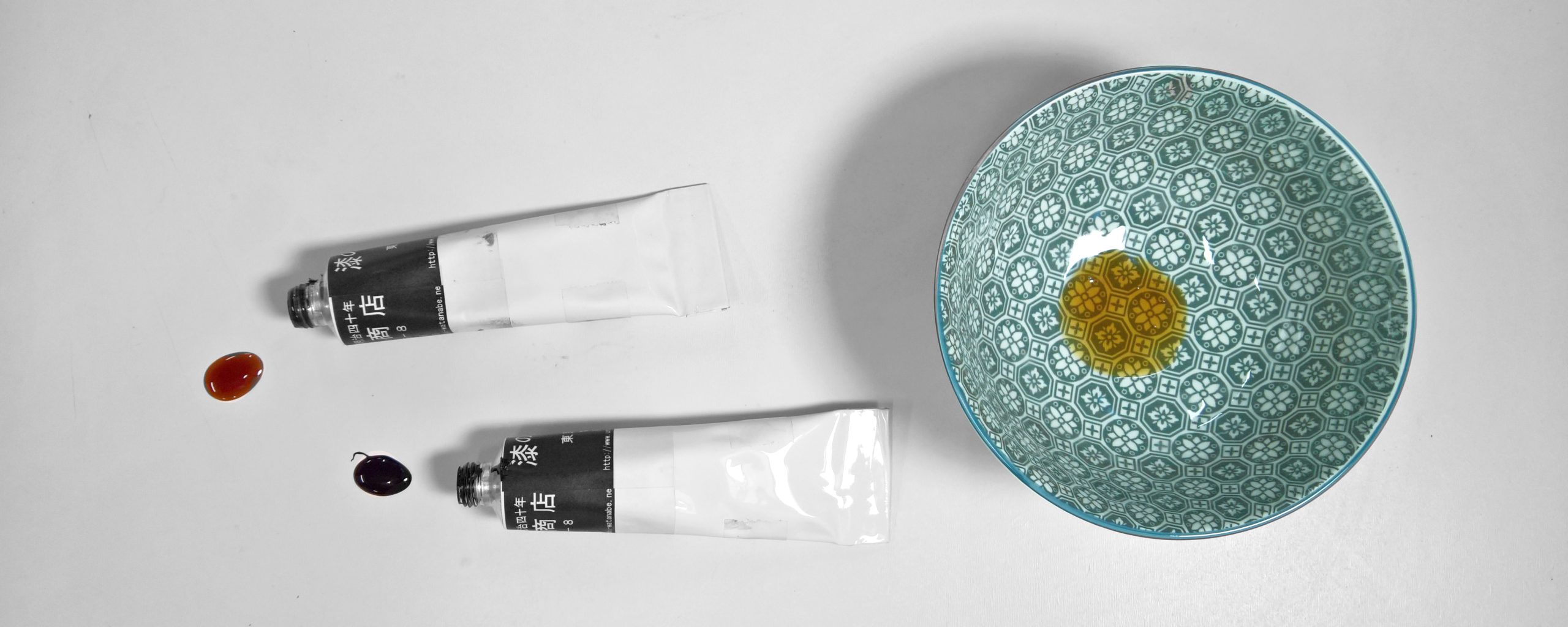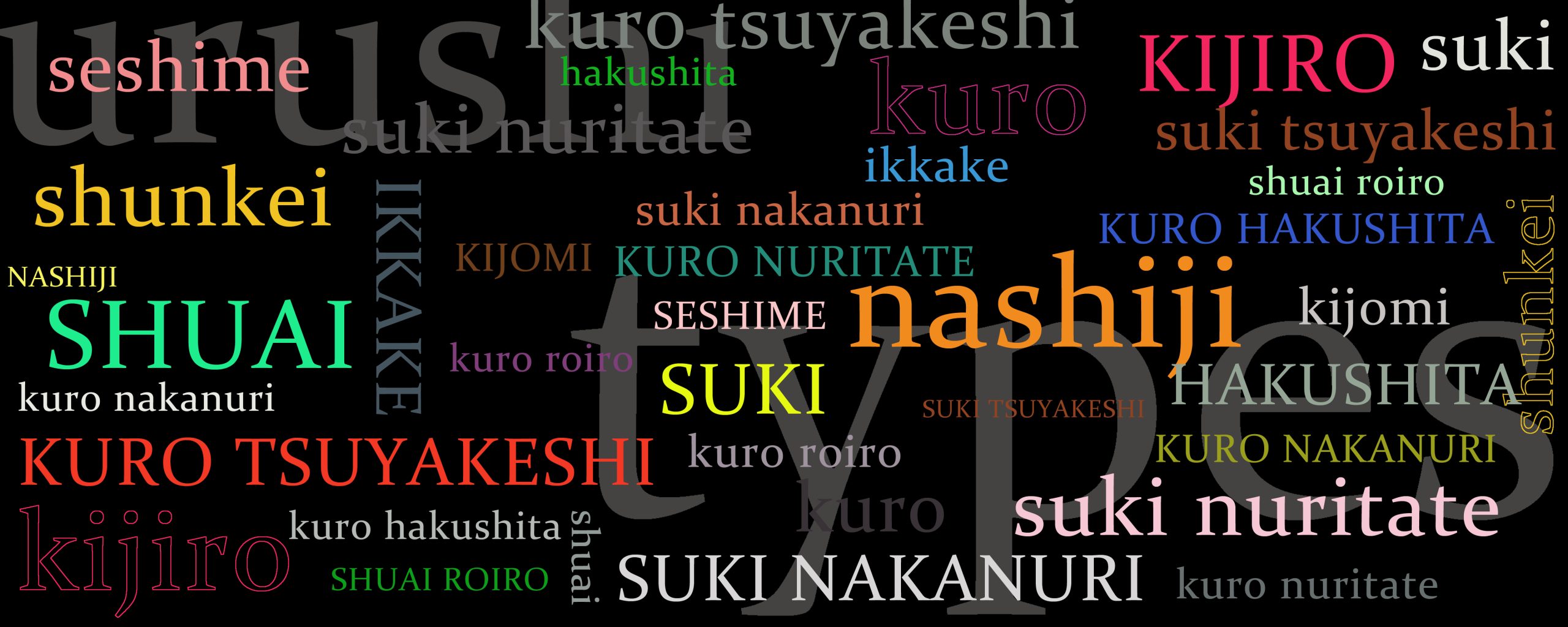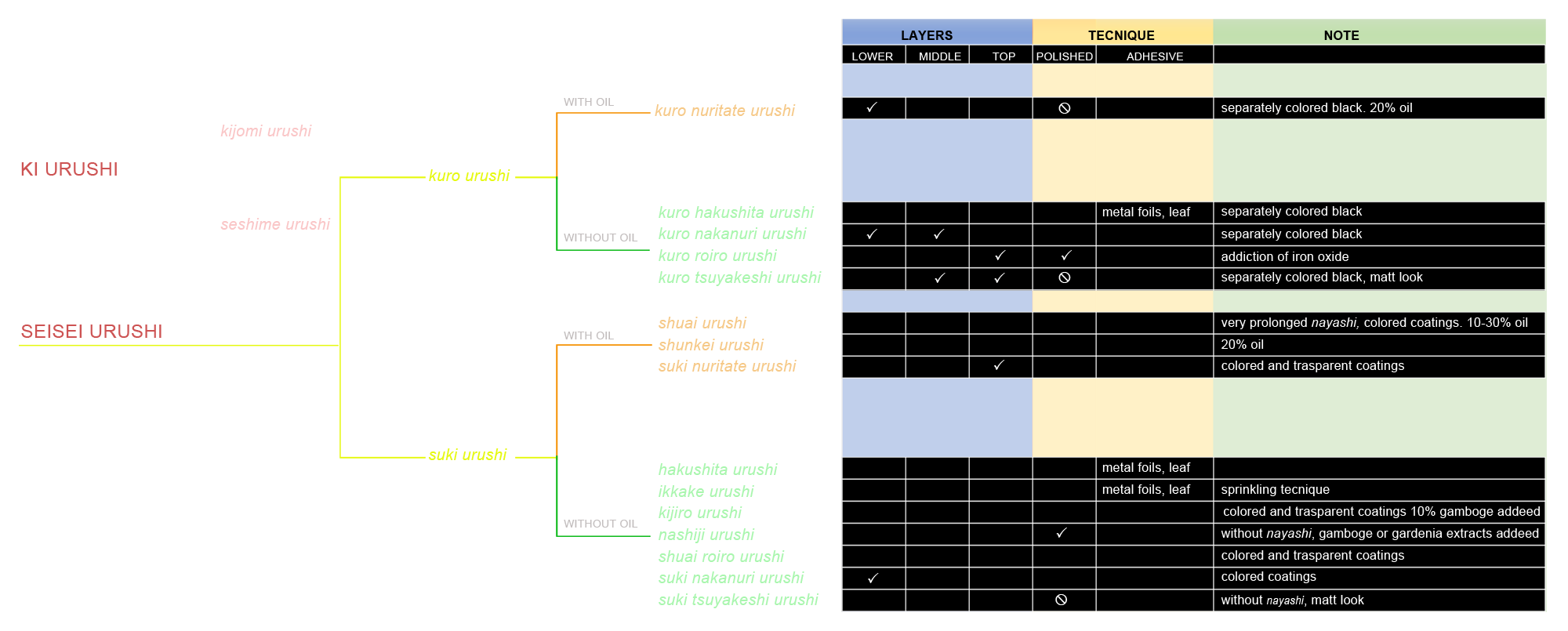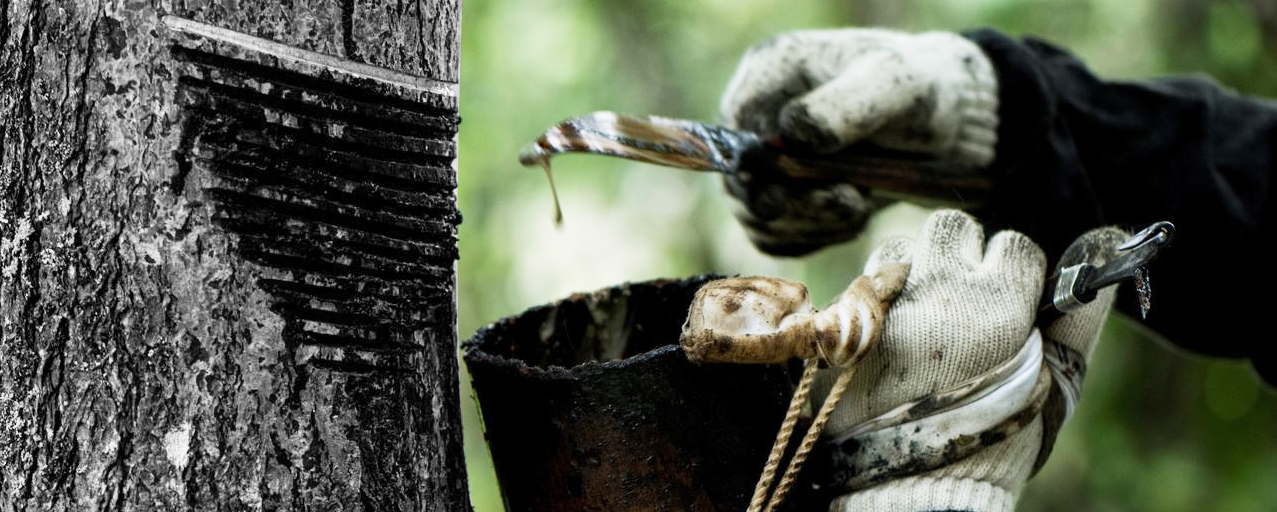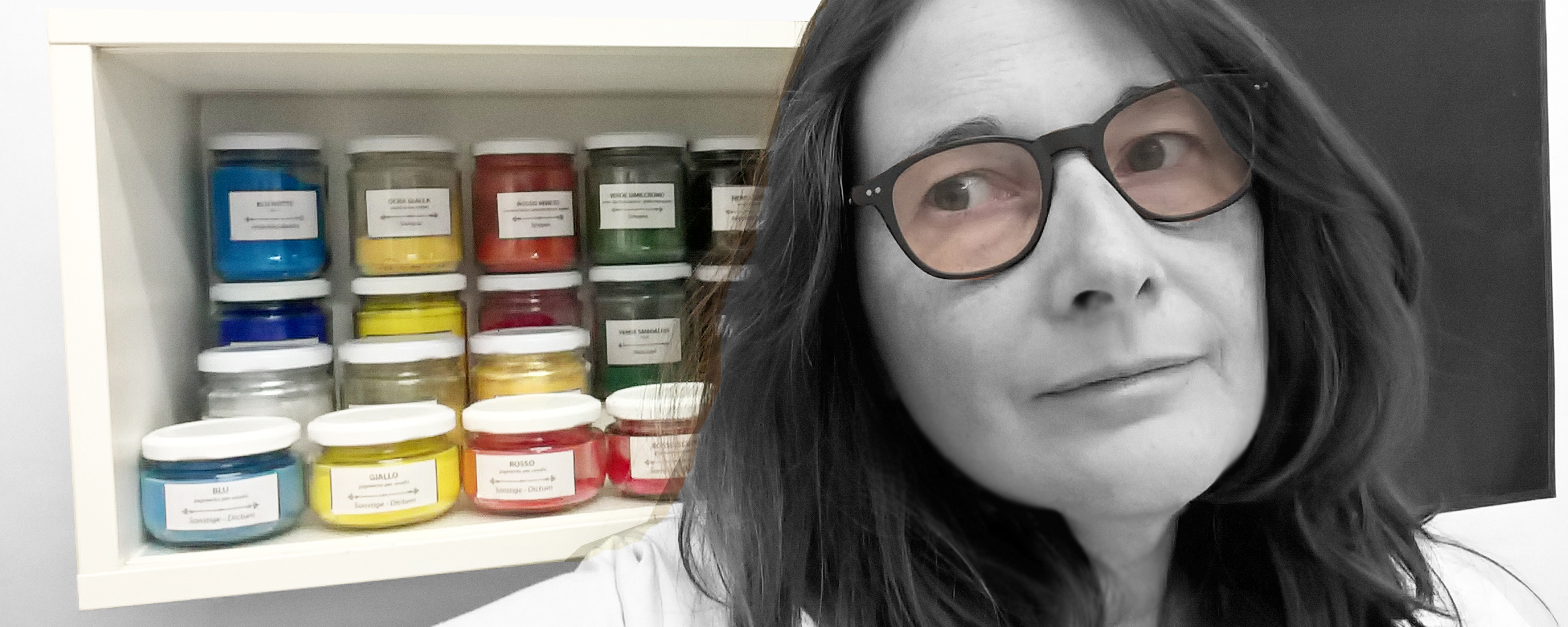URUSHI Workshop “An Introduction in practice” by Kenta Takeshige and Simonetta Capetta
17 june – 2 september 2024
Urushi workshop edition 2024 (download poster)
We are proud to host Kenta Takeshige and Simonetta Capetta of the Guild LacArt-association, for a practical workshop on Urushi (Japanese for “Asian lacquer”).
The Guild LacArt-association coordinates exchanges on lacquer-research and holds exhibitions in order to realize borderless dialogue, a wide range of interest and create a place to learn lacquer art at the grass roots.
The aim of this workshop, is to gather people who are, in one way or another, interested in Asian lacquer work. And to let you experience working with Urushi, an outstanding way to get to know this exceptional material in depth, by executing yourself the Jet black Urushi surface from the preparation of the wooden base, via the several different layers.
In order to get a somewhat truthful process and rewarding result, it is necessary to give the different layers enough resting and hardening-time.
This is why the 32-hour-workshop is cut into 8 days, in 2 sessions.
The layers of lacquer are thin and applied on top of each other. In order to form the minimum amount of lacquer layers at our workshop, it will become difficult if even one session is skipped.
All the participants receive a state of the art Urushi-kit, containing all the needed materials, tools and necessities, all high quality, imported directly from Japan.
For info mail to: info@urushilab.com
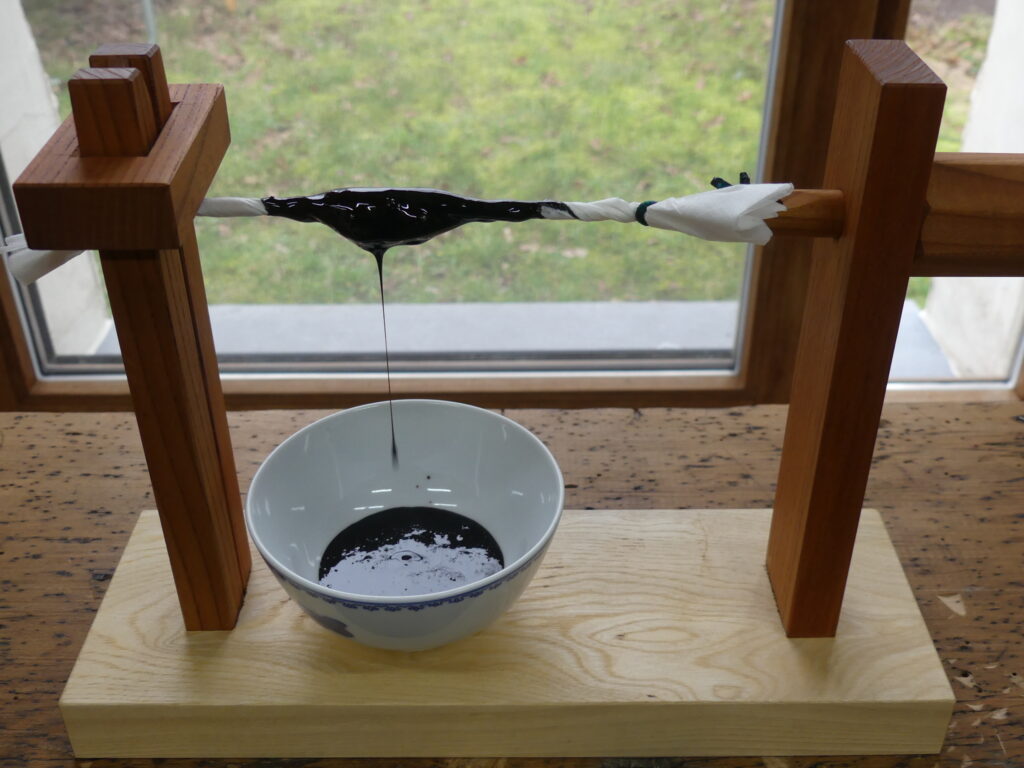
Filtering roiro urushi
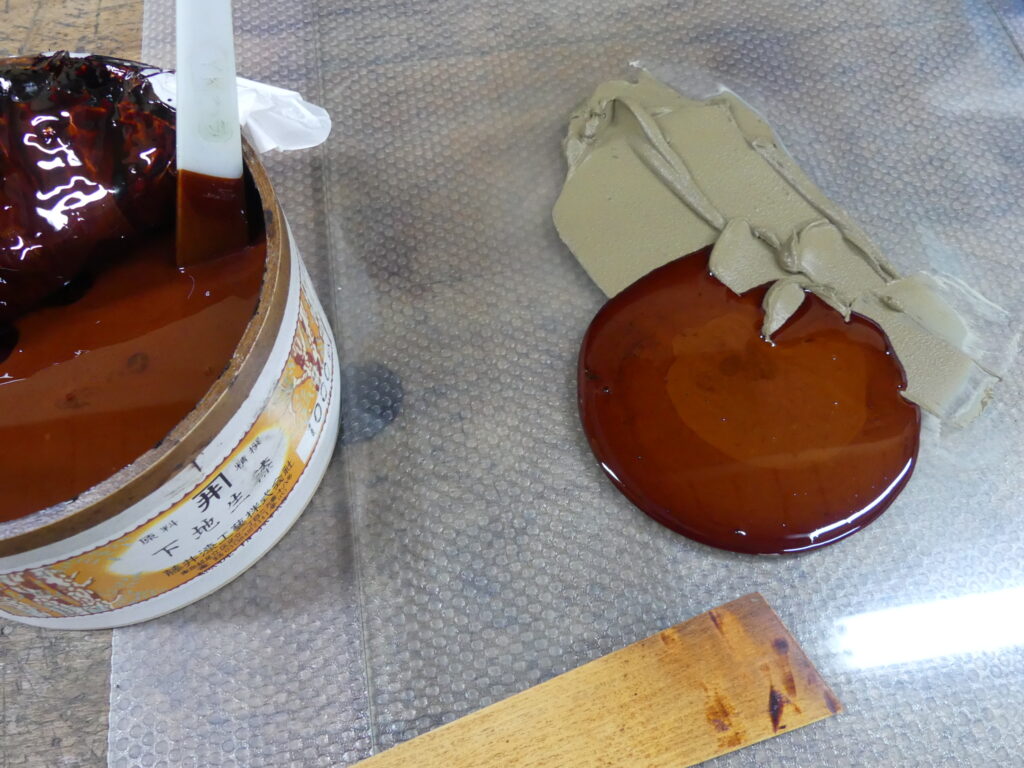
Making Sabi
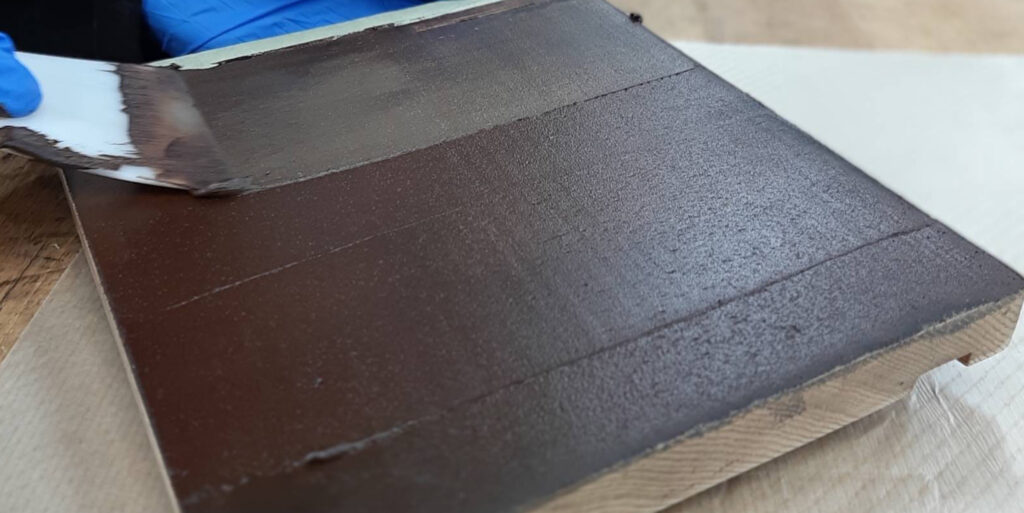
Ji-tsuke
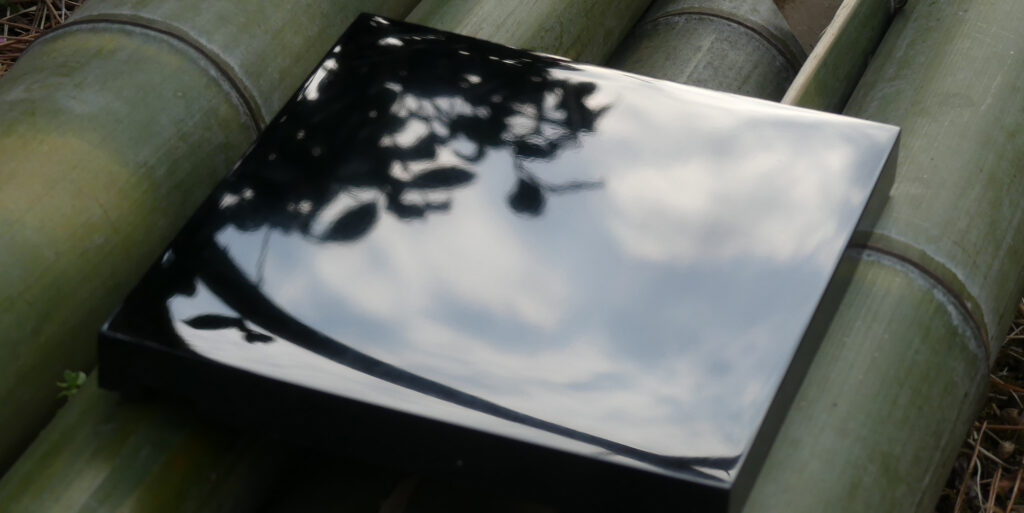
Deadline for application: 15 May 2024
Urushi workshop edition 2024 (download poster)
For info mail to: info@urushilab.com
Urushi workshop program
All the sessions will start at 2 pm
Session 1, Day 1 of 4 hours (17/6):
Introduction, wood preparation, Ki-gatame.
Introduction: explanation Urushi, lacquer art history in Japan, general techniques & tools
- Applying Ki-Urushi (raw Urushi)
Session 1, Day 2 of 4 hours (18/6): Nuno-kise
- Making rice glue
- Making Nori-Urushi (mix of raw Urushi with rice glue)
- Applying textile with Nori-Urushi
Session 1, Day 3 of 4 hours (19/6): Ji-tsuke
- Nunome-zoroe (cutting out and sanding textile)
- Making Kiriko (mix of raw Urushi with Jinoko & Tonoko)
- Ji-tsuke (applying Kiriko)
Session 1, Day 4 of 4 hours (20/6): Sabi-tsuke
- Sanding Ji surface
- Making Sabi (mix of raw Urushi with Tonoko)
- Sabi-tsuke (applying Sabi)
Session 2, Day 5 of 4 hours (2/9): Shita-nuri
- Sanding Sabi surface
- Shita-nuri (applying the 1st black Urushi)
Session 2, Day 6 of 4 hours (3/9): Naka-nuri
- Sanding black Urushi
- Naka-nuri (applying 2nd black Urushi layer)
Session 2, Day 7 of 4 hours (4/9): Uwa-nuri
- Sanding black Urushi
- Urushi-koshi (filtering Urushi)
- Uwa-nuri (applying 3rd black Urushi layer)
Session 2, Day 8 of 4 hours (5/9): Do-zuri & Migaki
- Sanding black Urushi
- Sumi-togi and Do-zuri (polishing with charcoal powder/Tonoko)
- Polishing with compound
For more information please download the poster
Urushi workshop edition 2024 (download poster)
For info mail to: info@urushilab.com

